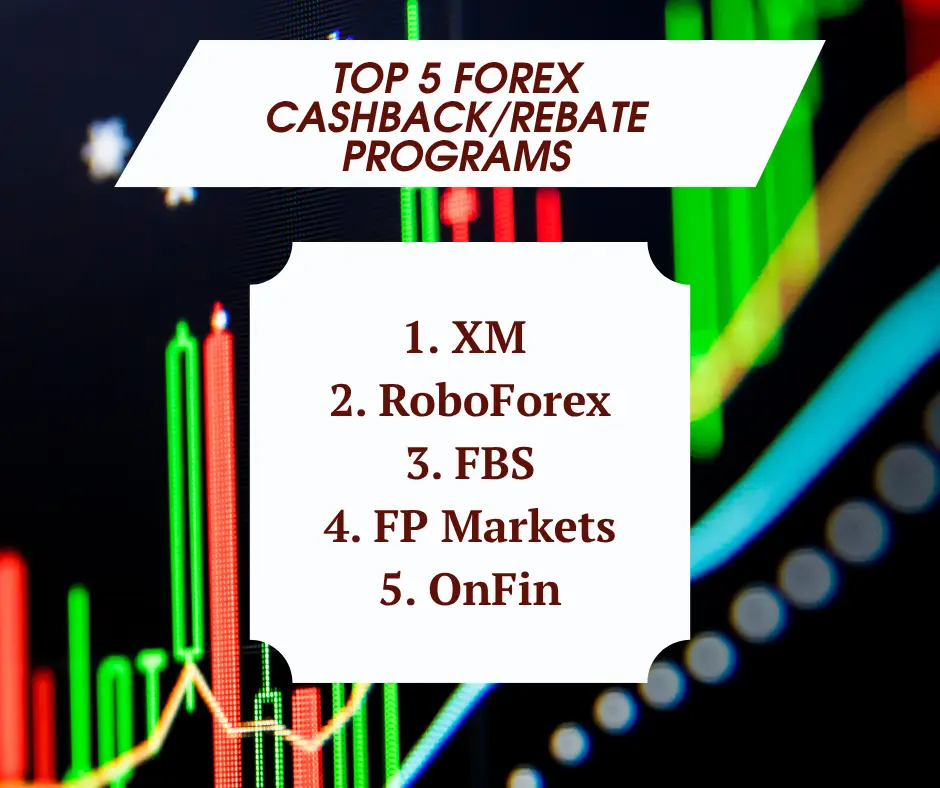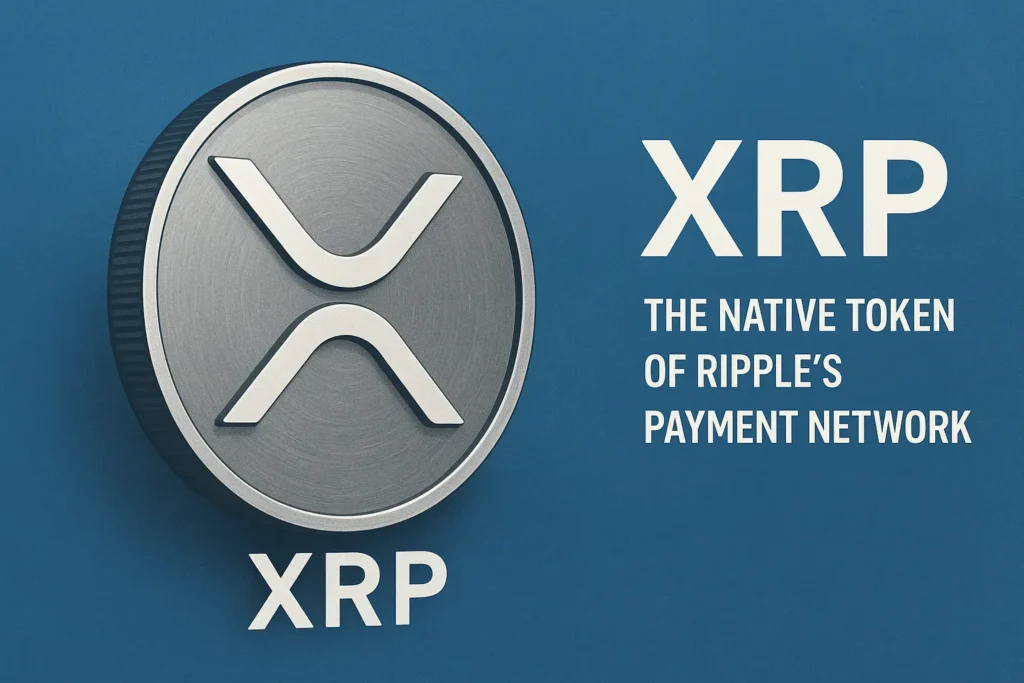Top 5 Forex cashback/rebate programs

Cashback forex offers stand out for adding real value to each trade. Smart investors know that even small rebates can accumulate over time. Below, you’ll find in-depth insights into the five most reputable rebate options in the market. You will understand how each program delivers value, what makes it unique, and how to tap into its benefits.
1. XM – Maximum cashback power with seamless execution
XM offers a generous 50 percent forex rebate share at VIP level — up to $40 per lot. Rather than just telling you the numbers, let’s break down how it works and why it matters.
Features that matter:
- Rebates are delivered automatically into your wallet or account
- Supports both MT4, MT5, and a dedicated copy-trading platform
- Offers fast execution and deep liquidity
- Includes deposit bonus programs for added value.
Why traders favor XM: Efficiency is key. Funds flow directly back to you without manual intervention. The combination of sophisticated platforms and quick trades enhances the overall user experience. For active and VIP-level traders, that high rebate can truly boost net earnings.
At a glance:
| Feature | Details |
| Rebate Rate | Up to 50% rebate share (~$40/lot) |
| Platforms | MT4, MT5, Copy-trading |
| Extras | Deposit bonuses, high liquidity, fast trades |
2. RoboForex – deep rebates tailored for active traders
RoboForex provides back up to 50 percent in rebates, as well — 42.5 percent in brokerage fees plus 15 percent of swap fees. You need to reach out via Telegram or email to activate the rebate offer.
What sets it apart
:
- Combines top-tier rebate sharing with high leverage (up to 1:2000)
- Supports MT4, MT5, plus a proprietary platform for flexibility
- Deposit bonuses and daily payouts help keep cash flow moving
- Copy-trading and custom affiliate links add diversification options.
What value this brings: Active traders who are paying both commission and swaps will benefit the most from this layered rebate structure. Plus, the high leverage and fast rebates delivered daily mean your working capital stays fluid and efficient.
Quick summary list:
- Automatic rebate delivery to your account
- Swap-inclusive rebate structure
- Multiple trading platforms and fast payouts.
3. FBS – versatility and broad access to global markets
FBS is another broker known for solid rebate offerings, providing up to 30 percent cashback, which can translate into $1–$35 per lot depending on the asset. The program is simple to activate and fully automated once linked to your account.
Strengths worth noting:
- Supports over 100 payment methods, which makes deposits and withdrawals highly convenient
- Rebates are paid automatically around the clock
- Offers a variety of account types to suit swing traders and long-term investors
- Platforms include MT4 and MT5 with multi-language support
Why this is important: The 24/7 payout capability means traders in any time zone can rely on steady rebate inflows. The extensive payment method list ensures that getting funds back into your preferred channel is smooth, without costly or slow transfers.
FBS in brief:
| Feature | Details |
| Max Rebate | Up to 30% (~$1–$35/lot) |
| Account Types | Multiple (Standard, Cent, Pro, ECN, Zero Spread, Micro, and Crypto) |
| Highlights | 24/7 payouts, 100+ payment methods |
4. FP Markets – low commissions as a cashback alternative
FP Markets takes a slightly different approach. Instead of a direct forex cashback rebate, it reduces your commission costs on RAW accounts by $0.75 per lot traded. While it’s technically a discount rather than a rebate, the net effect is similar: more funds stay in your account.
Standout aspects:
- 5x regulated broker offering peace of mind on fund security
- Spreads starting from 0.0 pips for high-precision trading
- More than 10,000 markets available for diversification
- Platforms include MT4, MT5, cTrader, and TradingView.
Why traders appreciate this setup: For high-frequency traders, reduced commission rates accumulate into substantial savings over time. It’s an indirect form of cashback that works seamlessly for those who prefer tighter spreads and a raw pricing model.
Snapshot table:
| Feature | Details |
| Rebate Form | Commission discount ($0.75 per lot) |
| Platforms | MT4, MT5, cTrader, TradingView |
| Extras | 5x regulation, ultra-tight spreads |
5. OnFin – streamlined cashback with ECN conditions
OnFin offers a flat 20 percent cashback on all trading fees, available to traders who contact their support to activate it. This straightforward structure appeals to those who value clarity over complex tiers.
Key strengths:
- Spreads from 0.0 pips with ECN account options for direct market access
- Leverage up to 1:3000 for aggressive position sizing (when risk-managed)
- Support for MT4 and MT5
- Copy-trading availability for hands-off strategies.
What makes it attractive: The simplicity of a fixed rate makes planning easier. You always know what percentage of fees will come back to you, regardless of trade volume or instrument.
OnFin overview:
| Feature | Details |
| Cashback Rate | 20% of all trading fees |
| Platforms | MT4, MT5 |
| Highlights | ECN accounts, ultra-high leverage |
The role of independent reviews
In the middle of researching forex cashback programs, it becomes clear that there are dedicated portals that provide their trustworthy reviews. These resources can be invaluable for verifying broker reliability, understanding real-world payout speeds, and gauging user satisfaction before committing. A quick scan of such assessments often reveals hidden strengths or potential drawbacks that promotional materials may not fully disclose.
Quick comparison table
| Broker | Rebate/Cashback Rate | Payout Method | Platforms | Extra Perks |
| XM | Up to 50% (~$40/lot) | Auto | MT4, MT5, Copy-trade | Deposit bonus, high liquidity |
| RoboForex | 42.5% fees + 15% swap fees | Auto | MT4, MT5, Proprietary | High leverage, daily payouts |
| FBS | Up to 30% (~$1–$35/lot) | Auto | MT4, MT5 | 100+ payment methods, multi-language |
| FP Markets | $0.75/lot commission discount | Auto | MT4, MT5, cTrader | Tight spreads, multi-regulated |
| OnFin | 20% all trading fees | Auto | MT4, MT5 | ECN accounts, ultra-high leverage |
How these cashback and rebate programs differ
While all five options return value to traders, the way they do it varies:
- Direct rebates like XM, RoboForex, and FBS credit cash to your account based on trade volume.
- Commission discounts like FP Markets lower costs upfront, which suits cost-sensitive traders.
- Flat-rate models like OnFin simplify calculations and planning.
Each structure has its pros, so choosing the right one depends on your style, preferred trading instruments, and whether you value immediate cost savings or cumulative rebates.
How to choose between the Top programs
When selecting among forex rebate programs, focus on more than just the rate:
- Platform compatibility: Ensure the broker supports your chosen software (MT4, MT5, cTrader, proprietary).
- Payout speed: Frequent payouts help with cash flow.
- Fee structure: Swap fees, commissions, and spreads can offset high rebate rates if not balanced.
- Broker regulation: Multi-jurisdiction regulation adds a layer of security.
- Additional perks: Deposit bonuses, copy-trading, or multi-language support can add real value.

Practical tips for maximizing rebates
To get the most from forex cashback brokers, keep these practices in mind:
- Link your account correctly to the rebate provider; missing this step can mean lost payouts.
- Track your trades to verify rebate amounts match your volume.
- Diversify broker accounts if conditions differ by instrument; some may offer better rebates for specific pairs.
- Reinvest wisely. Using rebate funds to open new positions can compound your overall returns.
Final thoughts
The best forex cashback choice will depend on how you trade and which conditions you prioritize. XM and RoboForex offer top-tier rebate percentages with extra trading perks. FBS stands out for its payment flexibility and around-the-clock payouts. FP Markets benefits those who value low commissions over rebates. OnFin’s flat-rate cashback brings clarity and consistency.
If you want to get forex cashback efficiently, start by identifying the program that aligns with your trading volume, risk profile, and preferred assets. Then monitor your results over the first few months to ensure the payouts match expectations. With the right match, rebates become more than just a perk — they turn into a steady and tangible addition to your trading performance.
You could close this page. Or you could join our community and help us produce more materials like this.
We keep our reporting open and accessible to everyone because we believe in the power of free information. This is why our small, cost-effective team depends on the support of readers like you to bring deliver timely news, quality analysis, and on-the-ground reports about Russia's war against Ukraine and Ukraine's struggle to build a democratic society.
Become a patron or see other ways to support.








